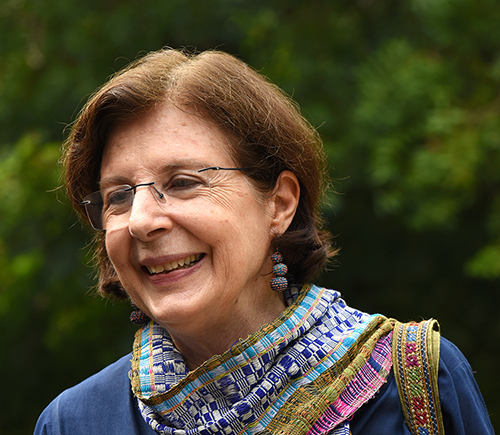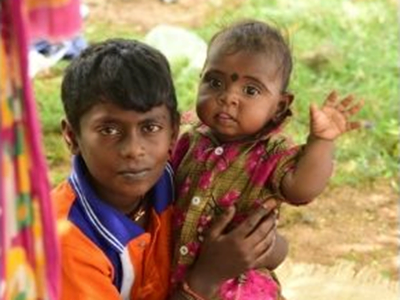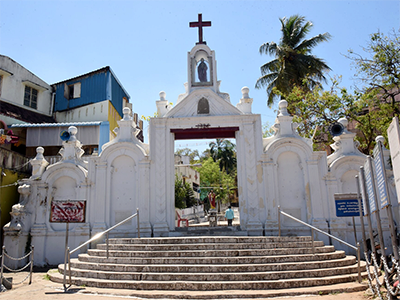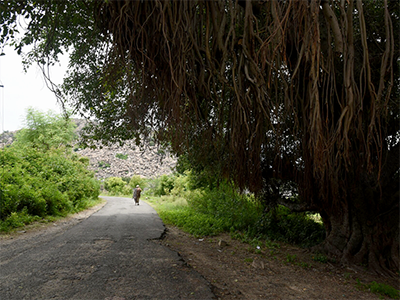Tracing Experiences
Dr Deborah Thiagarajan

Dr Deborah Thiagarajan is an art historian, President of the Madras Craft Foundation and former Director of the DakshinaChitra Museum. She founded the Madras Craft Foundation in 1984 with the objective of establishing the DakshinaChitra Museum in Muthukkadu, Chennai. The Museum opened in 1996.
As I read the letters from Elizabeth Gwillim and her sister, and looked again and again at their art, I kept thinking of my own experiences in Madras. I settled here with my Tamil husband in 1970, from the United States, and over the last 50+ years have watched the city develop and change. Shortly after I arrived in Madras, I began my exploration of the city through its architecture. I read most of the books on early Madras and traced the directions in which the city grew under the British, first along the Poonamallee High Rd up to St Thomas Mount, then up the coast, and along the banks of the Adyar River. So, in a sense, I was tracing the routes that Elizabeth took during her stay here.
I have always been interested in architecture and spent time exploring the few colonial houses still left in Madras, including the Madras Club which she sketched, so it was easy for me to visually imagine her life in her home. I’m very familiar with the area in which the Gwillims lived and I could imagine her walking down some of the streets, some still with traditional Indian homes, to the Mylapore temple with its imposing temple car which she describes. I wonder if she walked to the nearby Luz church built by the Portuguese in 1519? She must have, as she was also familiar with the Portuguese church from the same period on St Thomas Mount.
I was so amused at reading all the items she requested from her mother and relatives to send to her, as it reminded me of my earlier requests. The difference was that my parents came annually to see me and personally delivered most of what I requested, which, unlike Elizabeth’s requests, were usually toys or clothes for my young daughters. Textiles are one of my passions in India, and I have studied the history and processes of the painted chinzes she describes. We even have an exhibition on them at the DakshinaChitra Museum.
Has my life, from 150 to 200 years later really been so different from hers? Like Elizabeth, I am also an entitled woman, with a staff who have freed me from any household duties to follow my passion in crafts and architecture; like Elizabeth I also prefer spending my time learning about India, and I have never liked big parties or gossip. Elizabeth’s life was cut short because of the lack of modern medicine and having to cope with the intense heat and humidity of Madras. Thankfully though, I live, not just in an era of air conditioning, cell phones and modern medicine, but in one where Indians are free to follow their dreams. It’s an exciting time.





